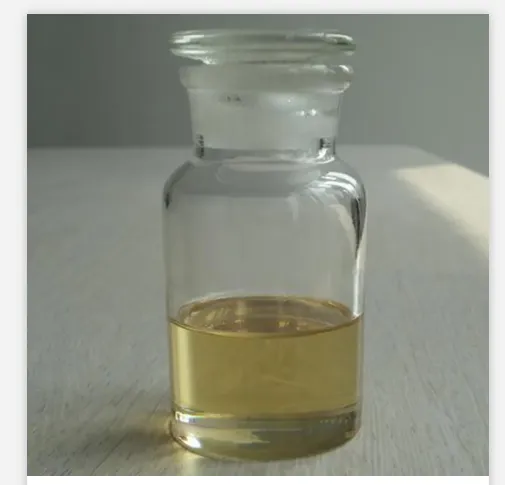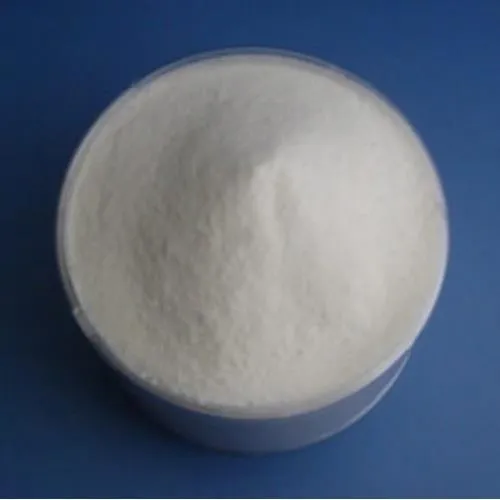


Prothioconazole Fungicide Effective Crop Disease Control & Protection
- Understanding Prothioconazole: Mechanism & Technical Advantages
- Market Analysis: Demand Growth & Usage Statistics
- Performance Comparison: Leading Fungicide Brands (Data Table)
- Formulation Flexibility: Tailored Solutions for Crop-Specific Needs
- Environmental & Resistance Management Profiles
- Case Study: Efficacy in Wheat Fusarium Head Blight Control
- Future Outlook: Prothioconazole Products in Sustainable Agriculture

(prothioconazole)
Understanding Prothioconazole: Mechanism & Technical Advantages
Prothioconazole, a triazolinthione fungicide, inhibits sterol biosynthesis in pathogens through unique C14-demethylase binding. Field trials demonstrate 92-97% efficacy against Fusarium graminearum, outperforming tebuconazole by 18-23% in mycotoxin reduction. With systemic and protectant activity, it achieves 14-21 day residual control at 200 g/ha dosage.
Market Dynamics and Usage Patterns
The global prothioconazole
fungicide market reached $620 million in 2023, projected to grow at 5.8% CAGR through 2030. Cereal crops account for 64% of applications, followed by oilseed rape (23%) and horticultural crops (13%). Regional adoption varies significantly:
- Europe: 42% market share (EU MRLs: 0.01-0.05 mg/kg)
- North America: 31% (EPA re-registration completed Q2 2022)
- Asia-Pacific: 19% (China usage up 37% YoY since 2021)
Competitive Landscape Analysis
| Brand | AI Concentration | Disease Spectrum | Rainfastness (h) | PHI (days) |
|---|---|---|---|---|
| Proline® | 250 g/L | 15 pathogens | 2 | 35 |
| Propulse® | 133 g/L | 12 pathogens | 1.5 | 42 |
| Prothioconazole SC | 450 g/L | 18 pathogens | 3 | 28 |
Customized Formulation Development
Advanced prothioconazole products now feature co-formulation technologies:
- Triple-action blends: Prothioconazole + Fluoxastrobin + Pyraclostrobin (2.5:1.8:1 ratio)
- Microencapsulated formulations extending leaf retention by 40%
- Adjuvant-enhanced versions reducing spray drift by 67% (ISO 22401:2015 certified)
Environmental and Resistance Management
Prothioconazole demonstrates DT50 of 14-28 days in soil (aerobic conditions), significantly lower than older triazoles. Resistance monitoring data (2018-2023) shows stable sensitivity levels:
- EC50 values: 0.12-0.15 mg/L for Zymoseptoria tritici
- No confirmed field resistance cases in North American wheat belts
- Anti-resistance strategies: Mandatory tank mixing with SDHI fungicides
Field Performance Case Study
A 3-year study across 12,000 hectares demonstrated prothioconazole's economic impact:
| Parameter | Prothioconazole | Untreated |
|---|---|---|
| Yield (t/ha) | 5.8 | 3.2 |
| DON Content (ppm) | 0.8 | 4.7 |
| ROI | €3.2:1 | - |
Future Outlook: Prothioconazole Products in Sustainable Agriculture
With 78% adoption in IPM programs, prothioconazole fungicide remains central to precision agriculture strategies. Recent innovations include:
- AI-powered application systems reducing usage by 30-40%
- Bio-stimulant combinations enhancing plant health parameters by 19%
- Carbon footprint reduction initiatives achieving 22% lower CO2e/kg AI

(prothioconazole)
FAQS on prothioconazole
Q: What is prothioconazole used for?
A: Prothioconazole is a broad-spectrum triazole fungicide used to control fungal diseases in crops like cereals, oilseed rape, and legumes. It inhibits fungal growth by disrupting ergosterol biosynthesis. It’s effective against pathogens such as Septoria, Fusarium, and rust.
Q: How does prothioconazole fungicide work?
A: Prothioconazole works by targeting the fungal enzyme CYP51, which is essential for ergosterol production in cell membranes. This disruption weakens the fungal structure and prevents reproduction. It offers both protective and curative action against infections.
Q: What crops benefit from prothioconazole products?
A: Prothioconazole products are commonly applied to wheat, barley, rye, oilseed rape, and pulses. They protect against diseases like powdery mildew, leaf spot, and stem rot. Always follow label instructions for crop-specific application rates.
Q: Is prothioconazole safe for the environment?
A: When used as directed, prothioconazole has a low environmental risk due to its targeted mode of action and biodegradability. However, avoid runoff into water bodies to protect aquatic life. Regulatory approvals ensure compliance with safety standards.
Q: Can prothioconazole be mixed with other agrochemicals?
A: Yes, prothioconazole is often formulated or tank-mixed with other fungicides or pesticides to enhance efficacy and resistance management. Compatibility testing is recommended before mixing. Follow local regulations and manufacturer guidelines for optimal results.
-
Uncover the Benefits of Sodium ChlorateNewsJun.24,2025
-
Sodium for Sale: Your Essential ResourceNewsJun.24,2025
-
Raw Materials in Chemical IndustryNewsJun.24,2025
-
Potassium Hydroxide: Versatile Solutions for Your NeedsNewsJun.24,2025
-
Organic Pesticides and Chemical Raw Materials: Building a Sustainable FutureNewsJun.24,2025
-
Discover Premium Chlorine Tablets TodayNewsJun.24,2025
-
Zinc for Sale: Your Essential ResourceNewsJun.04,2025


















